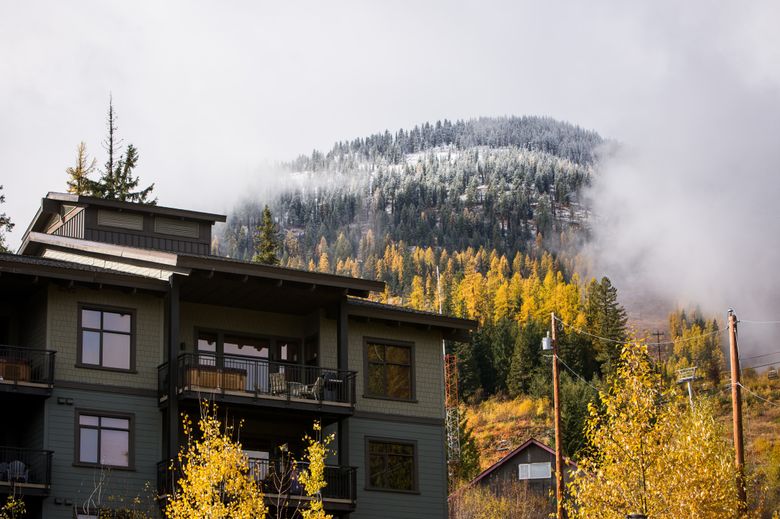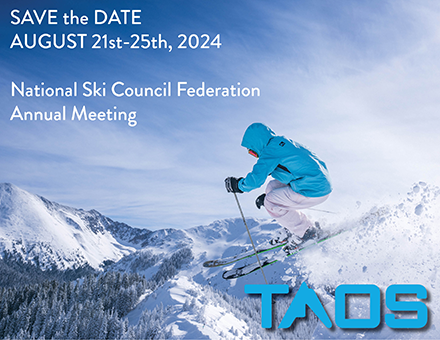Little B.C. ski resort taps powder hounds for crowdfunding
Natalie Obiko Pearson
A tiny Canadian ski resort forged by Scandinavian miners chasing an 1890s gold rush has become the unlikely recipient of a record equity crowdfunding raise, tapping into powder hounds’ quest to fend off a wave of consolidation led by Vail Resorts.
Investors are lining up to buy a piece of Red Mountain Resort in Rossland, B.C., drawn by its rebellious pitch of “Fight the Man, Own the Mountain.” The web-based campaign, the first by a ski resort, appears to have struck a chord with skiers anxious about a flurry of acquisitions that has put 39 resorts in the hands of just three corporations.
On the first day of its Canadian fundraising in August, Red drew pledges for C$508,500 ($394,000), the largest single-day amount for an equity crowdfunding campaign in the nation, according to Sean Burke, chief operating officer of FrontFundr, the online investment platform in Canada. As of Tuesday, it had raised C$455,050 with an additional C$530,800 in process.
Before its U.S. launch, it had received more than 3,500 reservations for as much as $13.3 million — 12 times the annual maximum permitted under U.S. regulations. The campaign is set to close Dec. 1 and has set a minimum target of C$1.5 million for the offering to close.
Red has more to offer than hype.
Western Canada’s oldest ski resort is legendary among powder hounds for steep, long runs that have groomed national team racers and Olympic champions, including Nancy Greene and Kerrin Lee-Gartner. Located in eastern British Columbia’s Kootenay Rockies, just miles from the Washington and Montana borders, it boasts 300 inches of yearly snow that’s dry and light.
Red’s fabled roots stretch back to Norwegian miner Olaus Jeldness, who arrived in the area in 1896 after the discovery of a massive vein of ore on Red Mountain named Le Roi. Jeldness, who had set a world record by ski jumping 92 feet at the age of 15 in his homeland, enthralled local townspeople hurtling down the hill on 10-foot-long wooden skis with only a single leather strap to hold them in place. Within a year, he organized Canada’s first ski race — a 2.5-kilometer free-for-all from the summit, beating his lone rival by five minutes.
“The beauty of Red is that we have Rossland, a real, historic, gold rush-era town at the bottom of the hill,” Katkov says. That town at its peak teemed with 7,000 people and 42 saloons, according to historical records at the local museum. Rossland’s one main street has preserved the architecture of that era but now sports a sushi restaurant, a trendy cafe and a gourmet supermarket.
“It’s this little gem of a place that no one really knows about,” says Jason Davies, a 45-year-old British snowboarder who invested in Red and has visited slopes all over North America and Europe.
“I can still find pockets of untracked snow 10 days after a blizzard,” Davies says. Of course, one can also experience that at Colorado’s Silverton Mountain — by renting out the whole hill for $14,000 per day, the latest trend among the wealthy jet set seeking to escape crowds at the big resorts.
Crowdfunding investments in Red are tiered from as low as C$1,000 up to C$25,000. Along with the shares come perks like free lift tickets, custom-designed skis and, for those in the top tiers, free overnight stays in new mountain cabins to be built by the money that’s raised.
Red in recent years has worked to expand its offerings for beginner and intermediate skiers and to upgrade infrastructure to appeal to a broader clientele. This season, a renovated mountainside lodge reopens with heated flush toilets (goodbye pit latrines), a gleaming new kitchen and expanded seating. At its base, a Texas developer is building a 106-room luxury boutique hotel. The Josie is set to open in late January just steps from the chairlift, featuring a head chef nabbed from one of Canada’s top restaurants.
On a recent conference call with potential investors, Katkov parried a question about whether such luxury could alienate the resort’s core base. Plans are also in the works for a 92-bed youth hostel that would offer what Katkov calls “the young dirtbag skier” a place for C$40 a night that’s a two-minute walk to the chairlift.
On average, Red’s 4,200 acres of terrain gets 150,000 visitors a season; Whistler Blackcomb’s 8,171 acres, north of Vancouver, attracts about 2 million people.
“That’s one of the things we obsess about — how to keep the sport accessible to people,” says Don Thompson, Red’s president and general manager.
Vail has been credited with a strategy that’s helped drive down the cost of season passes and increased visitor numbers. Until Oct. 8, its Epic Pass was available for $879 for the season — offering unlimited access to 15 resorts in North America and Australia — for roughly the price of a week at many independent resorts.
“Our season passes offer one of the best deals in all of travel,” Vail’s Ladgya said. Nearly 700,000 people in 100 countries now hold a pass and continue growing in double digits every year, she said.
It’s a good deal for those with the means to travel multiple times in a season chasing the best conditions around the planet, “but it doesn’t reduce all the other expenses one incurs — lessons, food, lodging, rentals,” says Katkov, who estimates visitors at Red would spend about a quarter of what they would at a larger rival.
Red’s two-day lift pass sells for C$184, compared with about C$270 for Whistler at peak season.




